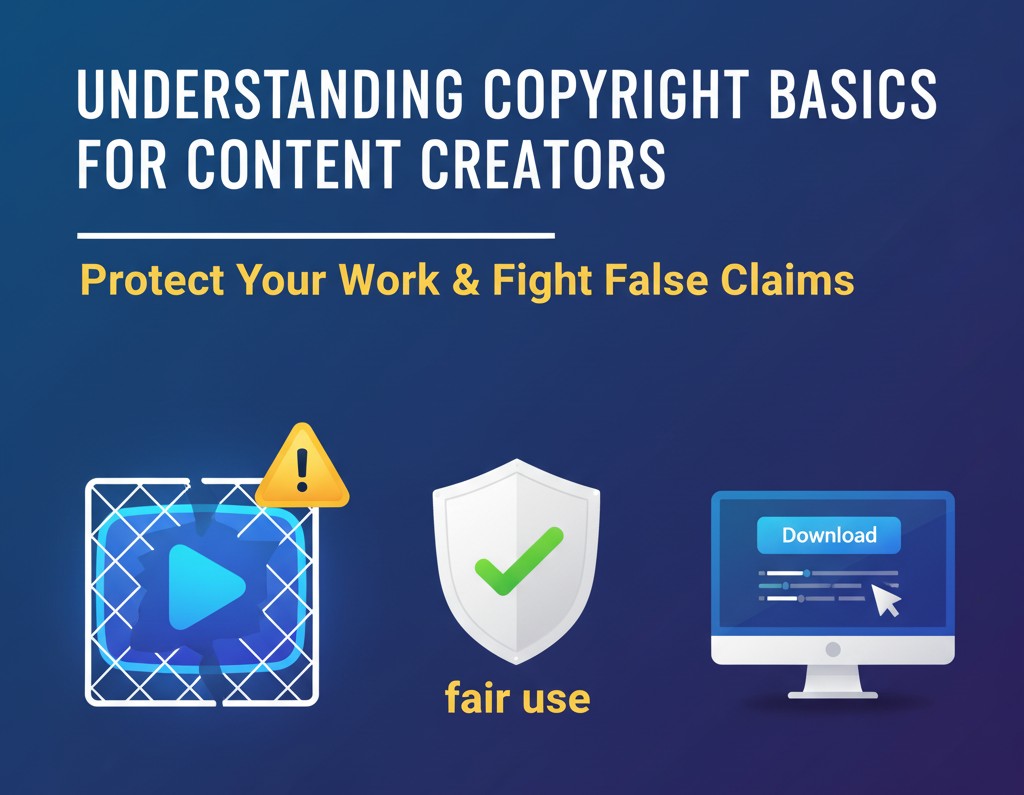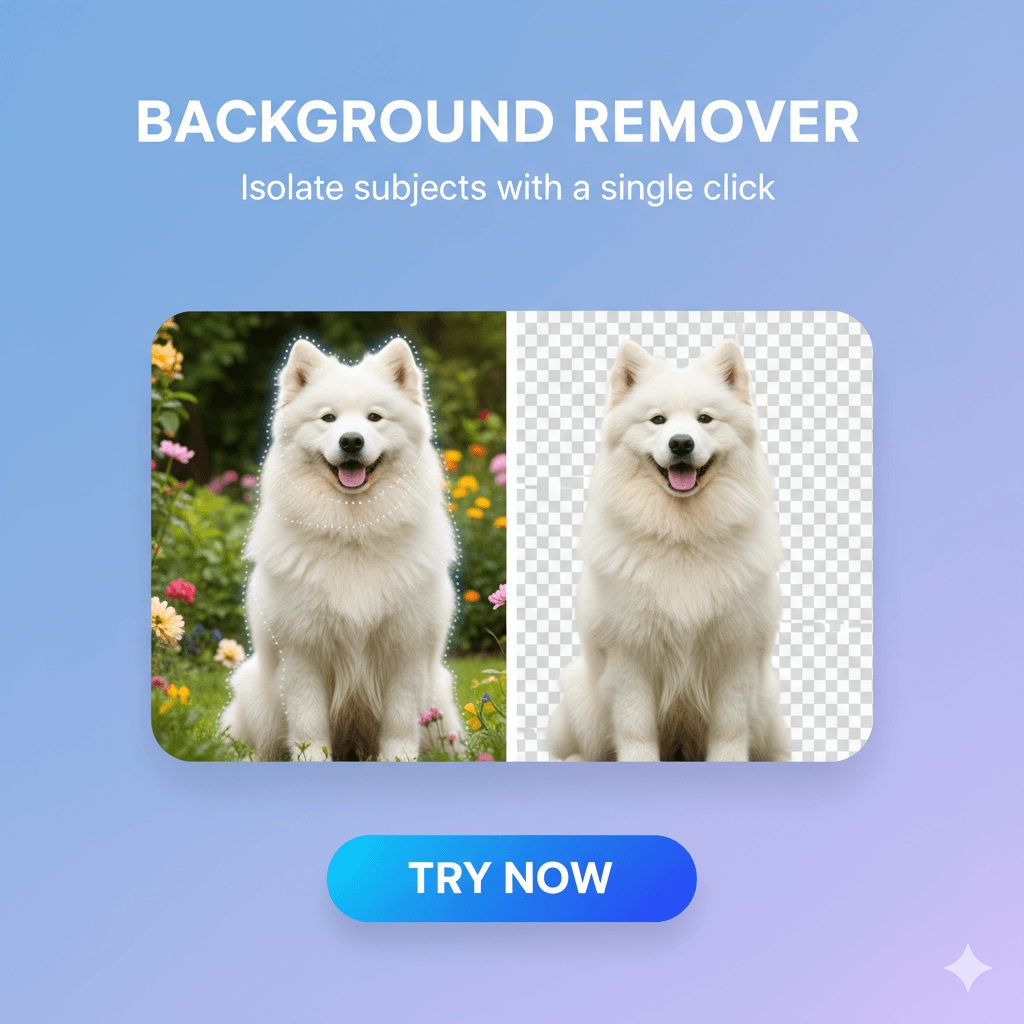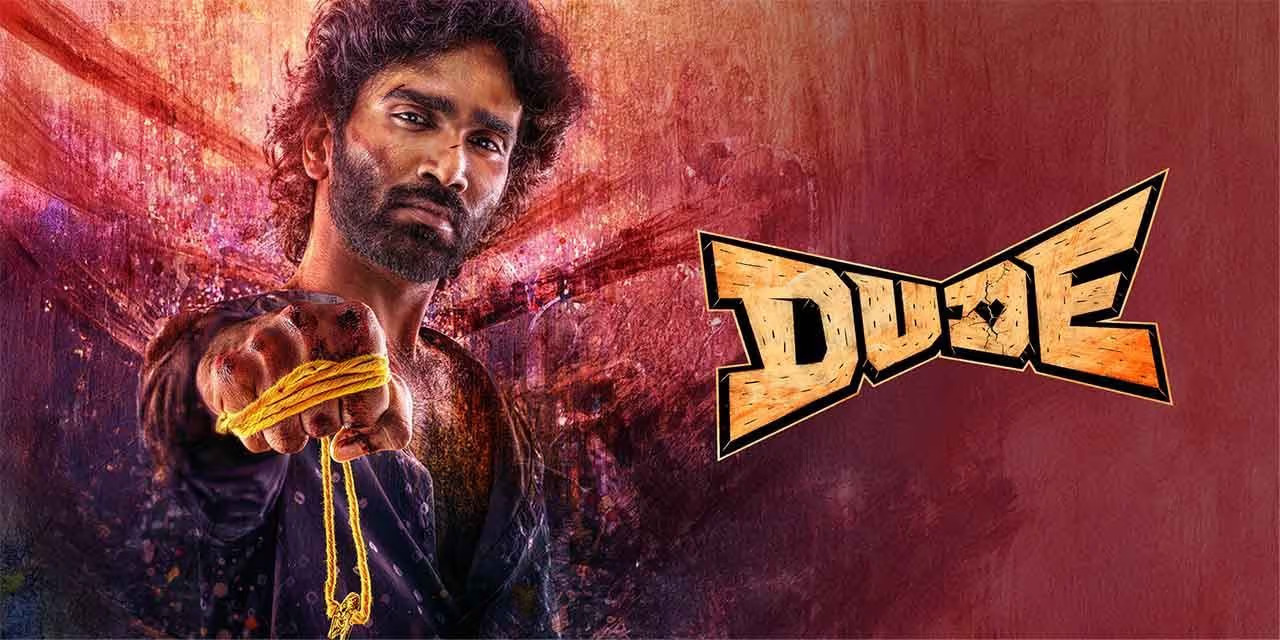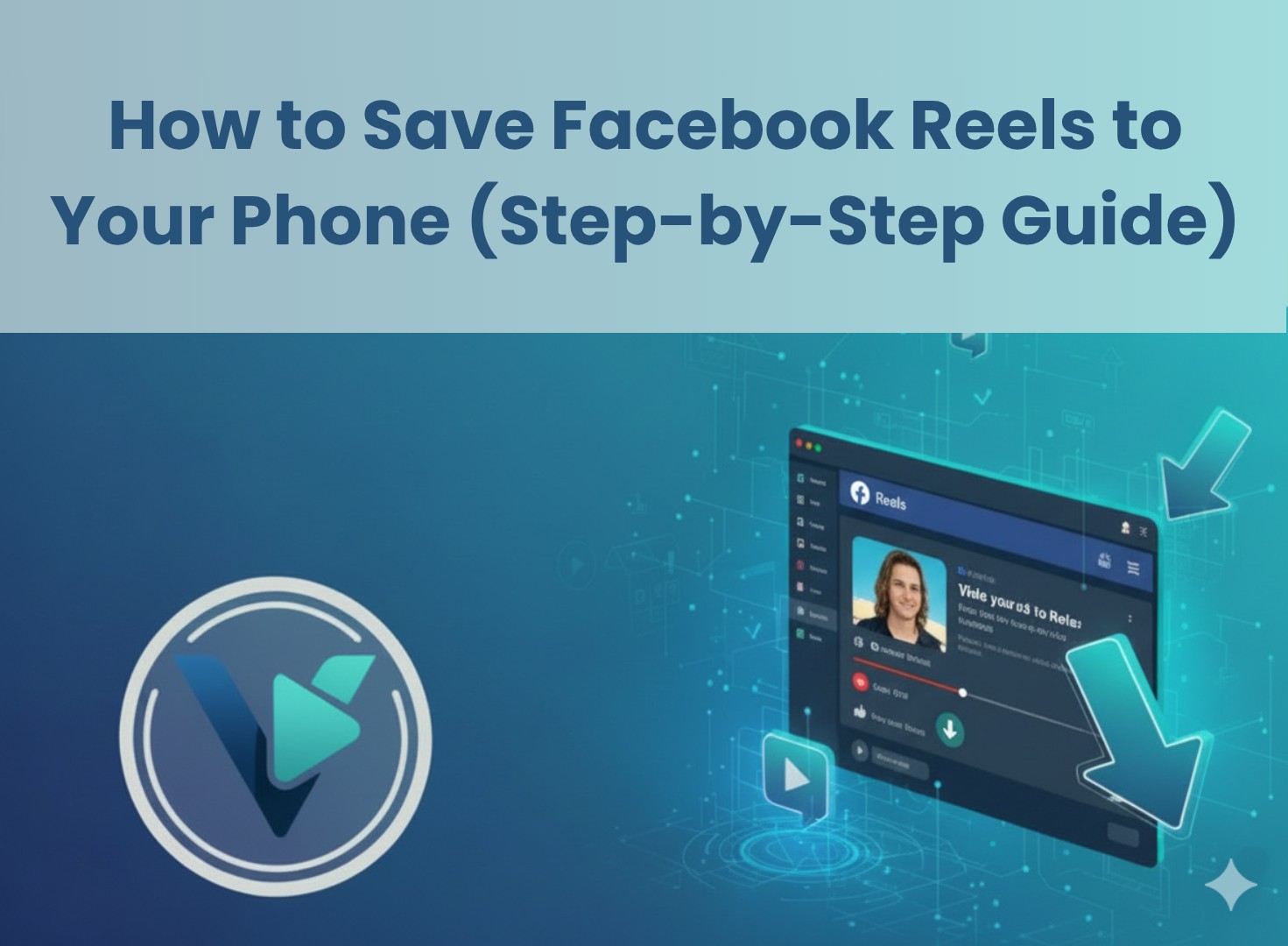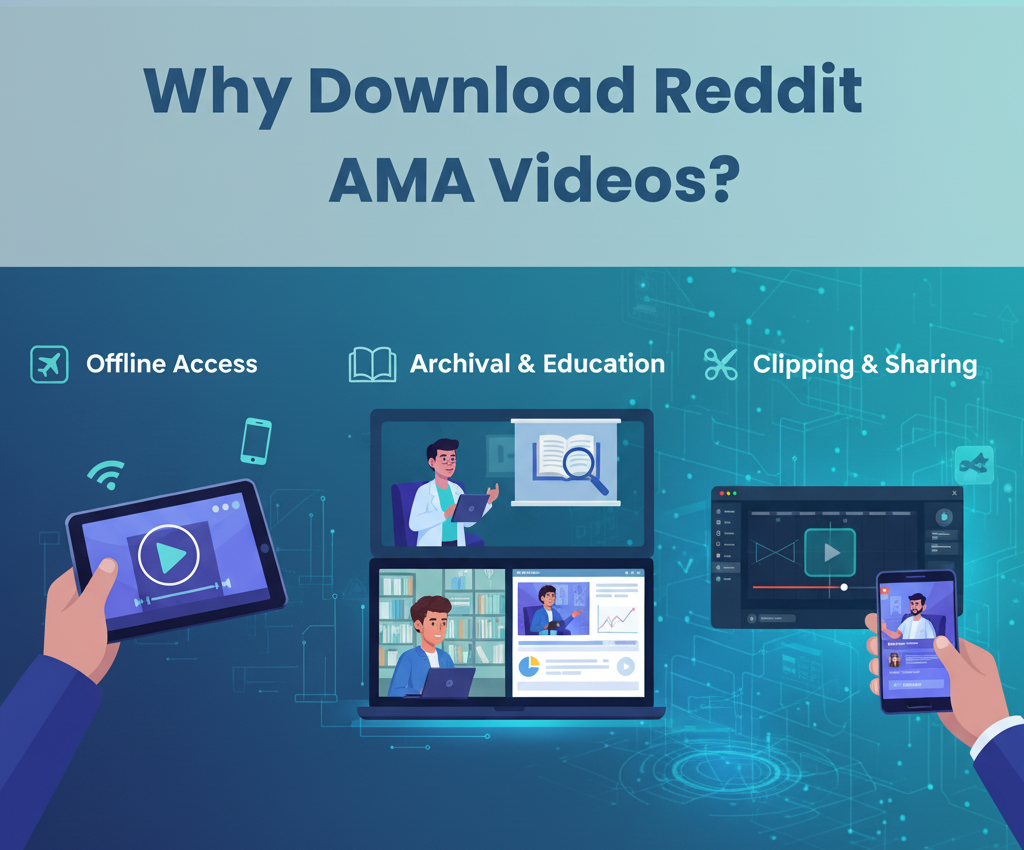In the world of online creation, copyright law is the invisible fence that defines what’s yours and what isn’t. Every video, image, and soundtrack you create is automatically protected under copyright law once it’s published. Platforms like YouTube, Instagram, and TikTok rely on automated copyright detection systems to protect intellectual property and remove infringing content.
However, not every claim or removal is valid. Many creators receive copyright strikes on their channels even when their content falls under fair use or includes licensed material. That’s where understanding your rights and the appeal process becomes essential.
What Is a Copyright Strike?
A copyright strike is a formal notice that your uploaded content allegedly uses copyrighted material without permission. YouTube, for instance, issues up to three strikes, after which your account may be terminated. Other platforms, such as TikTok or Facebook, have similar mechanisms that can result in content removal or temporary bans.
A single copyright strike can restrict your ability to monetize, live stream, or upload long videos. But the good news is that you can appeal these strikes if you believe your content qualifies for fair use or the claim was made in error.
Understanding Fair Use for Creators
Fair use is a legal doctrine that allows limited use of copyrighted material without needing permission. It’s often used in:
- Commentary or criticism videos
- Educational and research content
- News reporting
- Parodies and remixes
For example, if you create a YouTube reaction video or a TikTok commentary on trending clips, your work may qualify as transformative use, meaning you added new meaning, context, or value to the original.
However, fair use isn’t guaranteed; it depends on four legal factors:
- The purpose and character of the use (commercial or educational).
- The nature of the copyrighted work.
- The amount used.
- The effect on the original work’s market value.
Understanding these elements helps you decide whether to appeal a copyright claim confidently.
Also read: Account Suspension on Reddit: Appeal, Backup, and Rebuild
When to Dispute a Copyright Strike
You should consider filing a copyright strike appeal if:
- You have proof of original ownership, such as project files, raw footage, or timestamps.
- You have permission or license from the original creator.
- Your content qualifies under fair use or creative commentary.
- The strike was a result of a false or automated claim.
Avoid appealing if you clearly used copyrighted content without permission (for example, a full movie clip or unedited music track). In those cases, it’s better to edit or re-upload the video legally.
How to File a Copyright Strike Appeal
Most platforms provide a structured process for dispute or appeal. Let’s take YouTube as an example:
- Go to YouTube Studio → Content → Copyright.
- Click on the claimed video and select File a dispute.
- Choose the reason for your dispute (fair use, license, original content, etc.).
- Provide a detailed explanation with links or evidence supporting your case.
- Submit your appeal.
Once submitted, the claimant has 30 days to respond. If they retract the claim, your strike is removed. If they disagree, YouTube may reinstate the claim or escalate to a legal process.
You can review the official YouTube Copyright Policy for detailed steps and requirements.
Sample Copyright Strike Appeal Template
Subject: Copyright Strike Appeal – Fair Use and Original Content Clarification
Dear YouTube Copyright Team,
I am submitting this appeal regarding a copyright strike on my video titled “[Video Title].” The material used in the video is my original creation, with additional commentary and educational analysis that qualify as fair use under Section 107 of the U.S. Copyright Act.
I respectfully request a review and removal of this strike based on the fair use provision and my supporting evidence (attached project files and timestamps).
Thank you for your consideration.
Best regards,
[Your Name or Channel Name]
Documenting and Protecting Original Ownership
As a creator, you should always maintain a proof trail of your content. Store original files, drafts, or exported project versions to demonstrate ownership if a dispute arises. Some creators even use cloud platforms or timestamping tools for added credibility.
Additionally, keep a backup of your uploaded videos in case they are removed during a copyright investigation. You can easily download your original or uploaded videos from platforms using tools like Video Downloader Online, a free online service that helps you save your published content safely in MP4 format.
This ensures that even if your content is taken down temporarily, your creative work remains secure and restorable.
Common Mistakes Creators Make During Copyright Appeals
- Submitting emotional appeals instead of factual arguments.
- Ignoring deadlines, missing the 30-day window can make your case invalid.
- Re-uploading disputed videos without changes which can trigger additional strikes.
- Failing to understand fair use, using copyrighted content doesn’t automatically qualify.
- Neglecting communication, some claims can be resolved directly with rights holders.
Staying calm and professional is key during any copyright dispute.
What Happens After You Submit an Appeal
After submission, there are three possible outcomes:
- Claimant retracts the strike → Your video is restored.
- Claimant rejects → The strike remains, and legal escalation may occur.
- No response in 30 days → The strike is automatically removed.
If your appeal is rejected, you can still edit your video and re-upload a compliant version without violating the rules.
Preventing Future Copyright Issues
To safeguard your channel:
- Use royalty-free music from libraries like YouTube Audio Library or Epidemic Sound.
- Credit the original creators when using snippets or clips.
- Read the terms of use of each platform carefully.
- Maintain organized backups of all your published content.
Good copyright hygiene not only protects you legally but also builds long-term trust with your audience.
Final Thoughts
Every creator faces copyright challenges at some point, but those who understand fair use and the appeal process are better equipped to protect their channels and continue growing.
If your video or entire channel faces removal, stay calm, file your copyright strike appeal properly, and back up your original work using tools like Video Downloader Online. Protecting your creativity starts with knowing your rights and documenting every step of your journey.


